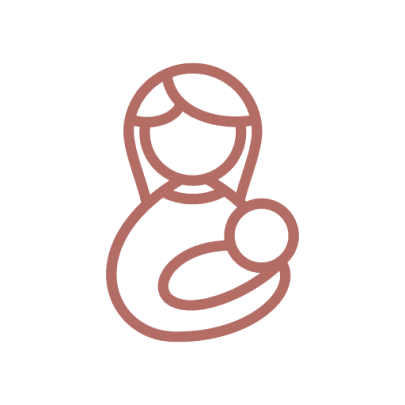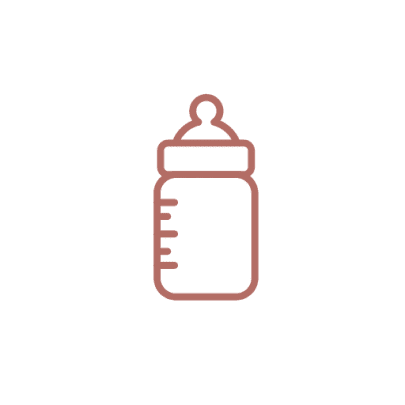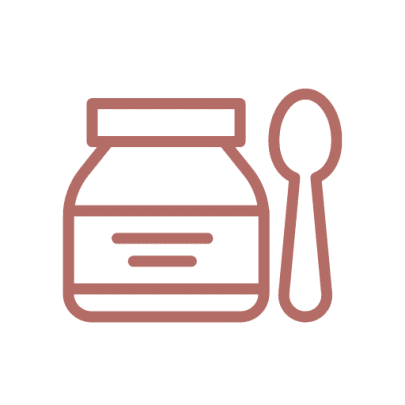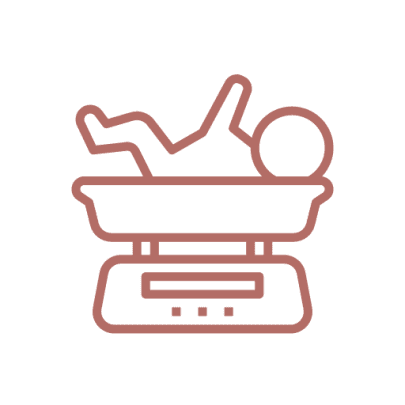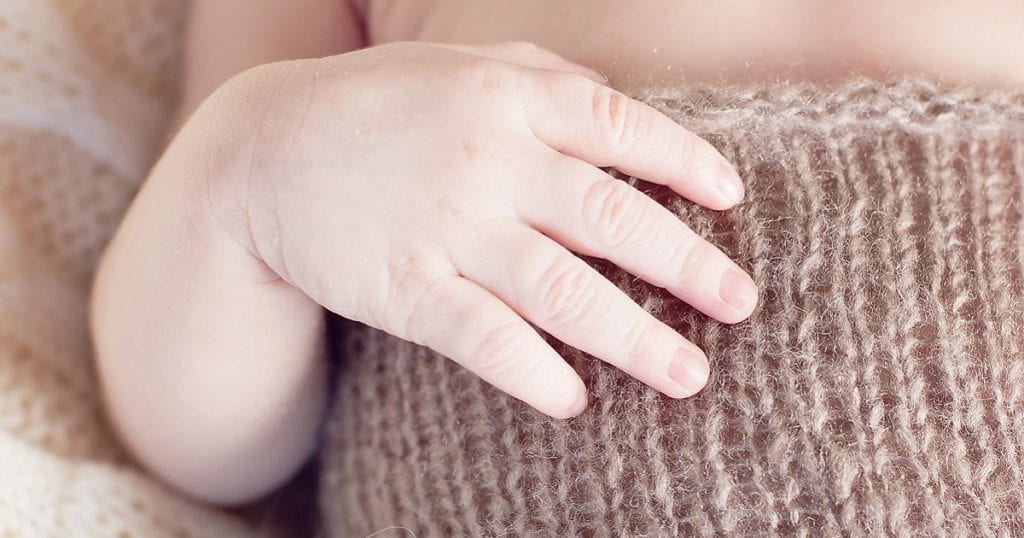Mums who are breastfeeding newborns will find this a familiar scene: You’re trying to feed your precious bundle of joy, but you’ve got a traffic jam because baby is determined to have their little hands and your nipple in their mouth at the same time. Now you’re trying to get your baby to latch on to the nipple while also attempting to wrangle their little hands and arms out of the way. But think about this: While in utero, your baby has been practicing the hand-to-mouth action for several months, and though it might seem like it’s just to drive you mad, there are some good reasons why baby is lending a helping hand.
Little hands: What your newborn is trying to tell you when they’re flailing and waving during breastfeeding
Newborn babies have really poor eyesight, so when you initiate feeding if your baby’s face isn’t close enough to be touching your breast, they will try to reach out with their little hands to find the nipple and direct it to their mouth. However, this can cause some confusion during the feeding process! Some mothers try swaddling to tuck their baby’s hands out of the way, but this can make your baby squirm and wave even more frantically because they’re not in their natural feeding position.
Why not try a laid-back or semi-reclined position for breastfeeding instead? This will make it easier for you because you won’t need to hold as much of your baby’s weight on your arm, and it’ll be easier to direct your baby’s chin to just below the nipple (so that your nipple is pointing towards the middle of their mouth and nose). This should help trigger your baby’s reflex to open their mouth wide and latch on confidently.
Other reasons that they might want their hands right there next to your breast could be for self-soothing (having their hands or fingers readily available to suck on can be calming for babies), or for more precision in the feeding process (so they can push away from, shape, or pull the breast closer and make feeding a little easier or more comfortable).
On a practical level, the kneading-like hand movements your baby makes around the breast and nipple area causes your oxytocin levels to increase, which makes the nipple become more erect so it’s easier for your baby to latch on to. But there’s a second, equally important benefit to this release of hormones. Oxytocin is one of the main hormones involved in our experience of love and connection, which means that you feel even more closely connected to your baby both during feeding while they’re kneading your breast, and afterward when they’re (hopefully!) relaxed, calm, and with quiet little hands.
If you’re breastfeeding, take a look at the extensive range of nursing-friendly clothing that Breastmates stocks, including new-season nursing bras and breastfeeding clothes to help you feel comfortable and as covered up as you want to be! We also have silicone necklaces which can help be a distraction for baby to hold while breastfeeding.

